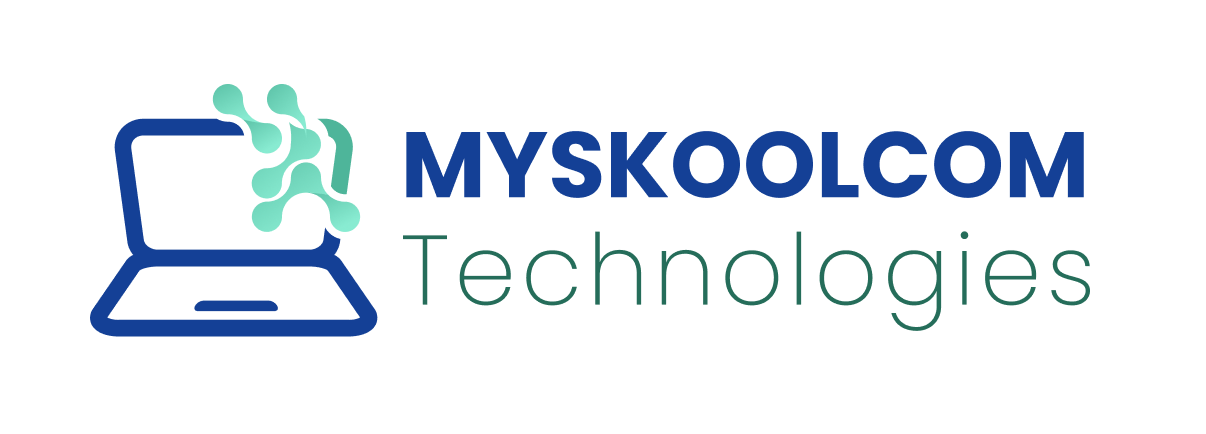Better Digital Experience with MYSKOOLCOM TECHNOLOGIES LLP
We are a team of talented professionals providing School Management Services with Web and Mobile Apps.


School Administration Simplified
Managing student data is crucial. Our ERP software organizes and secures this information in a centralized platform with cloud-based security.
-
Centralized data hub for seamless communication across campus.
-
Comprehensive reports for informed decision-making and improved services.
Streamline fee payments, admissions, and more with our intuitive system.
Services
Comprehensive solutions for fee management, student info, attendance, admissions, transport, and performance analysis.
Student Information
Centralized database for student details, linked to classes, activities, and billing.
Fee Management
Automated fee collection, receipts, reports, and online payments via mobile app.
Exam & Progress Reports
Detailed progress reports beyond standard report cards for student development.
School Administration
Manage daily operations including admissions, attendance, exams, and records.
Features
Explore our comprehensive features designed to streamline school operations.
SMS, Web, Mobile App
Integrated communication via SMS, web portals, and dedicated mobile apps.
Admission Management
Streamline enrollment and admission processes efficiently.
Student Information
Secure storage of student data, grades, and contacts.
Staff Management
Manage staff details, roles, and performance.
Attendance Management
Track attendance with biometrics or RFID integration.
Fees & Accounts
Automated fee tracking and financial reporting.
Performance Analysis
Detailed performance analytics and reports.
HR / Payroll
Handle HR functions and payroll processing.
Library Management
Manage books, issues, and returns seamlessly.
Time-Table Management
Create and manage school timetables easily.
Office Management
Streamline office administrative tasks.
Admin Login
Secure access for principals and admins.
Transport Management
Manage school transport routes and vehicles.
Hostel & Inventory
Oversee hostel operations and inventory control.
24/7 Support
Round-the-clock support for all users.
Implementation
Dedicated implementation support.
Custom Mobile App
Custom-branded mobile app for schools.
Portfolio
Showcasing our mobile and web applications.
- All
- Mobile App
- Web App
Team
Meet our dedicated team members.

Rama Raju
CEO
Sravani
HRContact
Get in touch with MYSKOOLCOM TECHNOLOGIES LLP.
Address
4/B, Saraswathi Colony, Uppal, Hyderabad, Telangana 500039.
Hyderabad - 500039
Call Us
+91 97056 45818
Email Us
admin@myskoolcomtechnologies.com
office@myskool.tech






